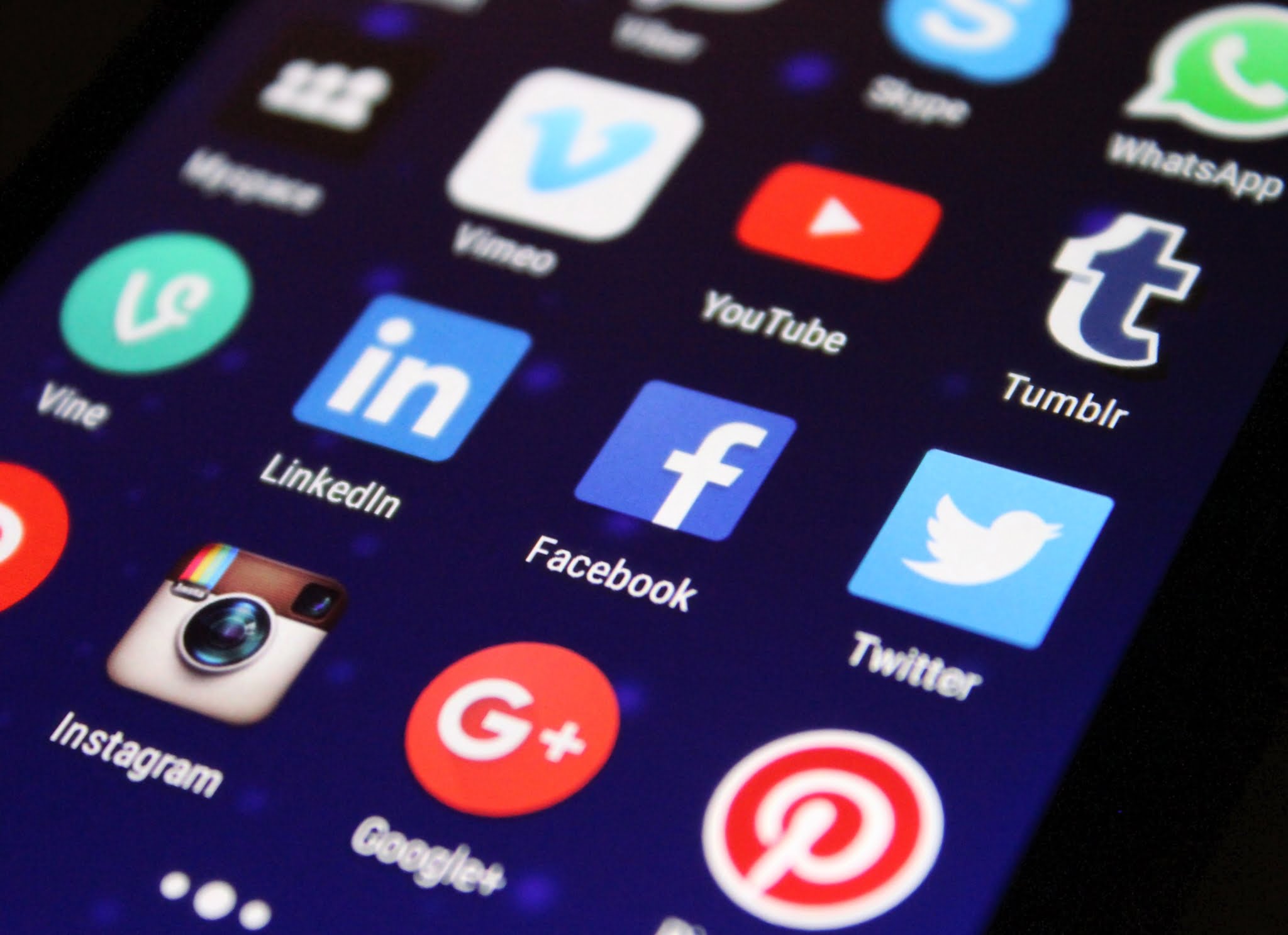Our CMO came into this start-up to provide guidance and conduct market research for viability of the new restaurant app.
Company Profile
The start-up was developing a new app for table booking at restaurants after COVID. The app aimed to help diners find and book tables at restaurants while adhering to social distancing guidelines. The app will also provide restaurants with a way to manage their reservations and track their customers’ preferences.
CEO’s Mission
The CEO has a team of software developers working on this new app, based on his previous experience in the hospitality sector. They successfully moved from pre-seed, seed to early stage, during the beginning of the COVID Pandemic, using their own financial resources (bootstrapping) as well as FFF (Family, Friends, Fools)
They were looking for investors to accelerate the software development and therefore they needed a sound marketing strategy.
CMO’s Objectives
The main purpose for the CMO was to define the Marketing Strategy and plans to support the ambitious growth expectations outlined in the initial business plan, which would be updated to present to the round of investor meetings.
What the CMO Did
Market Research for Viability:
The CMO analysed existing information and identified the need for extensive market research to understand the demand for their app and the competitive landscape. They used both primary and secondary research to gather information, including surveys, interviews, and online research.
They found that although there was significant demand for their app, as many diners were looking for ways to dine out safely after COVID, they also found that there were several competitors in the market, including established table booking apps and restaurant management systems, which already had grown their market share by offering support to restaurant owners developing takeaway and click and collect options.
Target Audience:
Based on their market research, the company identified their target audience as diners who were interested in dining out after COVID and were looking for a safe and convenient way to do so. They also identified restaurants as their secondary target audience, as they would be the ones using the app to manage their reservations.
However, They also found out that their USP (being able to virtually see and select the table before booking) which was well received and valued by consumers, wasn’t perceived as an added value to restaurant owners as they would normally allocate tables as per their staff availability or other variables, which could not be included in the app.
Marketing Strategy:
The CMO developed a marketing strategy and proposed focus on the following steps:
Branding
Developing a strong brand identity for their app that emphasised its safety and convenience features. They also created a compelling brand story that emphasised the app’s mission to help diners and restaurants navigate the post-COVID dining landscape.
Content Marketing
Creating a content marketing strategy that included creating a website with specific content catered for diners and restaurants, blog posts, social media content, and videos that provided diners and restaurants with information on how to dine out safely after COVID-19. They also created content that showcased the features and benefits of their app and the browser /cloud-based back office for the restaurant.
Influencer Marketing
Identifying food bloggers and influencers to promote their app to their followers. They also worked with restaurant industry influencers to showcase the benefits of the app to restaurant owners and managers, including the Restaurant Association of Ireland.
Paid Advertising
Using paid advertising on social media platforms to reach their target audience. As well as search engine marketing (SEM) to target diners searching for restaurants in their area.
Public Relations
Engaging in public relations activities to generate buzz around their app. They issued press releases and reached out to local and national media outlets to showcase the app’s unique features and benefits.
